Browse Primary Sources
Locate primary sources, including images, objects, media, and texts. Annotations by scholars contextualize sources.
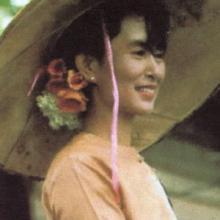
Photograph of Aung San Suu Kyi, Burmese Activist
This photograph of a powerful woman, Burmese activist Aung San Suu Kyi, shows her use of national dress in a Southeast Asian political context. Aung San Suu Kyi was educated overseas and married to an Englishman. Yet she always wears Burmese national dress complete with a flower in her hair.
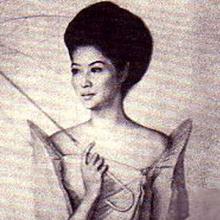
Painting of Imelda Marcos, Philippine First Lady
Politicians are astute experts on the symbols and meaning of dress as part of self-representation. For women, the politics of dress are highly significant. This painting depicts a powerful woman, Former First Lady Imelda Romualdez Marcos and shows her use of national dress in the Southeast Asian political context.
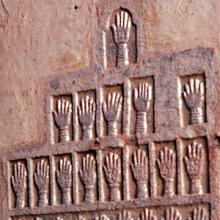
Sati Handprints
This image of the hands of Hindu widows and concubines of the ruling family of the Rajput state of Jodhpur, also known as Marwar, memorializes the devotion of these women and the high status of the men for whom the women committed sati.
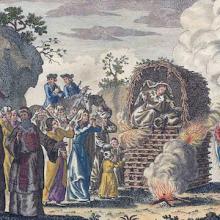
Sati Engraving: A Gentoo Woman Burning Herself
From the late 1500s and into early 1800s, adventurous and artistically talented European men and a few women traveled to Asia and India, in particular, to see sites and cultures considered exotic. They recorded their impression in prose and in sketches, the latter being transformed into engravings that illustrated their published accounts of their travels.
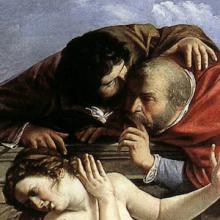
Susanna and the Elders
Susanna and the Elders, a 17th-century Italian painting by Artemisia Gentileschi, portrays the biblical story of Susanna, a virtuous Jewish woman preyed upon by two judges, important members of the community. Without her knowing, the men spied on her while she bathed.
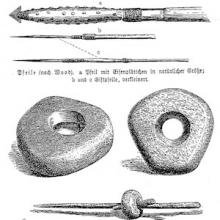
Drawing of Digging Stick and Stone Weights
The Khoikhoi were semi-nomadic pastoralists (herders of sheep and cattle), who hunted game and gathered edible plants, nuts, roots, berries, and honey to supplement their diets. There was a division of labor between men and women: men hunted and tended the cattle while women looked after small stock and gathered food in the surrounding countryside.
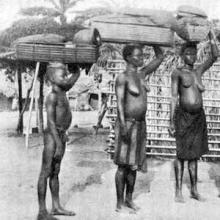
Market in Southeastern Nigeria
This is an image of local women at a market in southeastern Nigeria in the 1930s. In the precolonial period, women in this society had a very strong role in the economy. They were, in fact, the major traders in palm oil. As palm oil becomes a more valuable export commodity in the late 19th and early 20th centuries, men take over that trade.

Commission Hearing Excerpt
This is an excerpt from a commission hearing conducted in southeastern Nigeria in 1930 by British colonial officials. The hearing investigated a series of disturbances by local women following a rumor that the British were going to tax women. This excerpt is a statement by one of these woman.
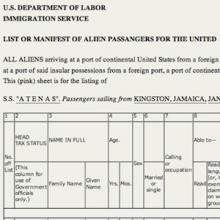
Manifest Record from the S.S. Atenas
This document is part of a manifest record from the SS Atenas. This ship sailed from Kingston, Jamaica, to New York City in 1920. These records provide information on individual passengers for 29 categories, including age, race, gender, marital status, occupation, how the cost for the voyage was paid, and the nearest relative living in New York.
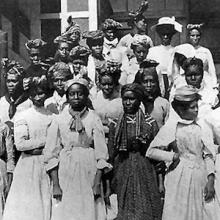
Guadeloupean Household Workers at Ellis Island
This is a photograph of household workers from the Caribbean island of Guadeloupe just after their arrival in New York in 1911.
This source is a part of the Analyzing Manifest Records methods module.

Colonial Childhoods Oral History Project
The Colonial Childhoods Oral History Project (CCOHP) comprises recorded interviews with 165 New Zealanders, male and female, Maori and Pakeha, the majority of whom were born before 1903. Interviews focus on the period before an individual’s 15th birthday.

Map of Ichan Qala
This type of image is known as a map. Represented on this paper is the old, walled city that forms a part of the larger, contemporary city of Khiva, Uzebekistan. This image covers one half of one side of the page of the map. Looking at it closely tells us as much about contemporary material culture as it does about the old city that it represents.
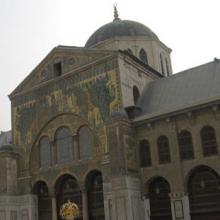
Barada Panel in Great Mosque in Damascus
The panel shown here is five meters (16.7 feet) above ground level on the wall in the courtyard of the Great Mosque in Damascus. The original image is created in mosaic technique. Choosing to execute an image in mosaic involves setting thousands of small pieces of glass, ceramic, or stone into mortar.
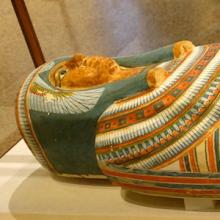
Egyptian Mummy Coffin
The same image can be valued differently over time and in different cultures. Take, for example, the long journey in time and space of images and hieroglyphic writing that cover the surfaces of the coffins of mummies from Egypt.

Apollo 11 Moonwalk
Look at this famous photograph of the July 1969 moon landing. When we look at an image like this, historians ask not only what the image shows us, but also how the image was used and how various audiences reacted to it. On the one hand, the photograph itself represented a triumph of technology. Minimally speaking, U.S.
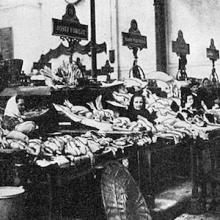
Women from Bohemia
This is a rare photograph of women from Bohemia. Information about women during this period is especially difficult for historians to uncover, and these sources can provide valuable insights into women’s daily lives.
This source is a part of the Analyzing Census Data methods module.
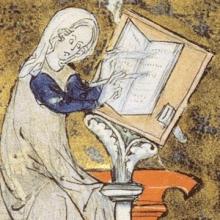
Excerpt of Le Fresne
Lais are short, poetic romances written during the Middle Ages in Western Europe. These stories were written and shared orally among nobility. Click on the image of writing to read an excerpt from the lai entitled Le Fresne. You also see an image of the author, Marie de France.
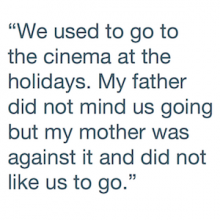
Interview with Sa’ida Jarallah
Read the excerpt on this page of an oral history interview taken by Professor Ellen Fleischmann. In it, Sa’ida Jarallah, one of the first Palestinian Muslim women to study abroad, discusses her life, especially the social and cultural aspects of growing up as a young woman in the 1930s.
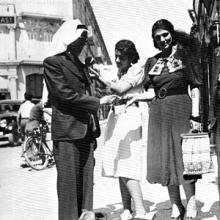
Fundraising for Palestinian Families in Jerusalem
This is a photograph of Palestinian women activists, shedding light on the political experience of women in Palestine. The leadership of the movement ended up mostly being single women because most of the women involved in the movement were married, had family responsibilities.

De Tente en el Aire y Mulata, Albarrasado
This is a painting of a mulata woman selling fruit in New Spain (Mexico). Though there were large numbers of Africans and then Creole blacks and mulattoes in New Spain at this time, little information about them exists.
This source is a part of the Analyzing Inquisition Documents methods module.